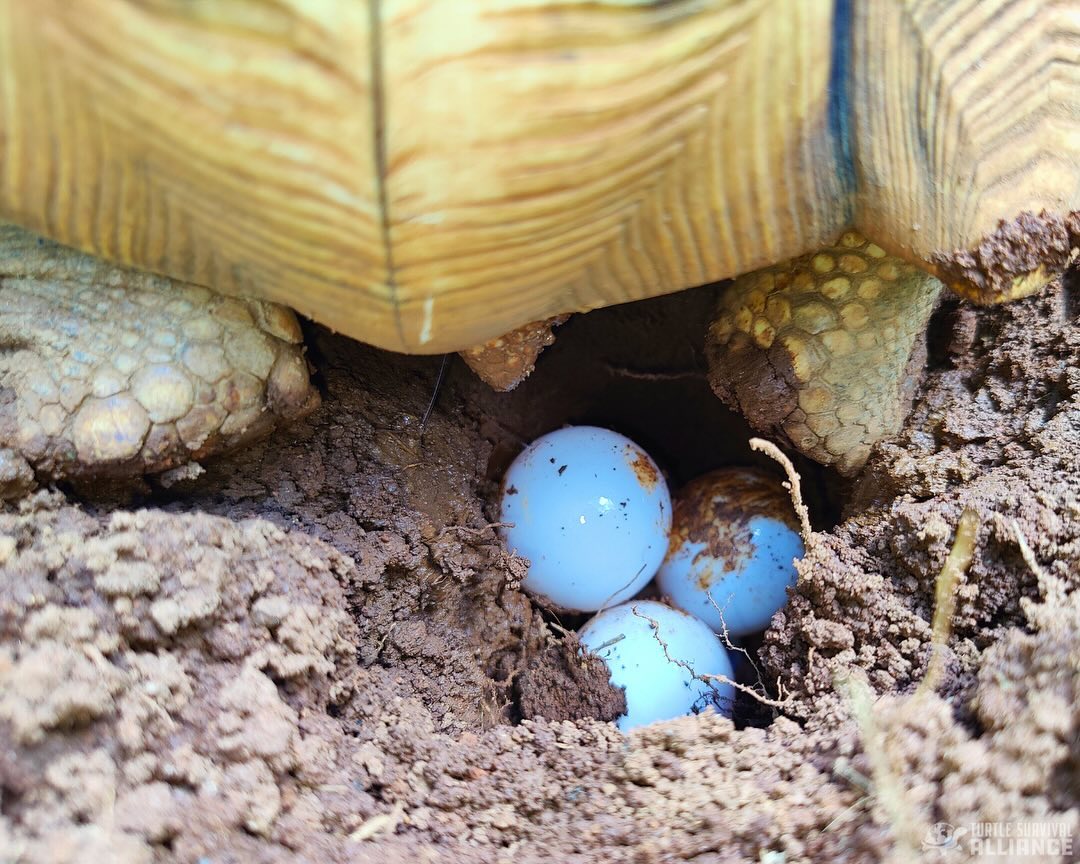– The Ploughshare Tortoise’s significance to biodiversity and the critical status of its population.
– The role of captive breeding programs in conservation efforts for critically endangered species.
– The journey from egg laying to hatching in the lifecycle of the Ploughshare Tortoise.
– There are complexities and challenges in ensuring the survival of hatchlings within conservation programs.
– Future perspectives for the Ploughshare Tortoise: Habitat protection and anti-poaching measures.
The Ploughshare Tortoise, scientifically known as Astrochelys yniphora, is not just an ordinary inhabitant of Madagascar; it is a symbol of the fragility of biodiversity in the face of human influence. The species is critically endangered, with estimates suggesting it could be functionally extinct in the wild. This has propelled conservationists to prioritize their efforts in safeguarding this precious creature. This task brings hope and excitement with every success story, particularly in the form of a new life.
The news that a Ploughshare Tortoise at a Madagascar headquarters has laid 11 eggs is more than just good tidings; it represents a critical opportunity for the species’ comeback. These eggs could potentially add valuable individuals to a dwindling population, making it a monumental event for those invested in wildlife conservation.
The captive breeding program in Madagascar plays a substantial role in the conservation efforts for the Ploughshare Tortoise. Creating these controlled environments allows scientists and zoo professionals to increase the population through breeding and studying the species in greater detail. This research extends from understanding their reproductive habits to the intricacies of their care. Captive breeding programs also serve as a repository for the species’ genetic diversity, which can be strategically managed to ensure a healthy and resilient tortoise population.
The journey from egg laying to hatching is a delicate and critical period in the lifecycle of the Ploughshare Tortoise. Temperature plays a pivotal role in the development of the eggs and may even determine the sex of the hatchlings. Incubation periods must be monitored closely for any signs of abnormalities. Hatchlings, once they emerge, require specialized care to navigate their early life stages; for species like the Ploughshare Tortoise, where every individual’s survival is imperative, the practices involved in rearing young tortoises are refined over time through trial and research.
With the excitement of the Ploughshare Tortoise laying eggs, a significant challenge emerges in ensuring the survival of the hatchlings. In the wild, many factors, from predators to environmental stresses, drastically reduce the chances of a hatchling’s survival. In conservation programs, these threats are mitigated, but new challenges arise. Disease management, diet, and space to grow are aspects that require careful planning and attention.
Beyond the confines of the breeding programs, the future perspectives for the Ploughshare Tortoise involve a two-pronged approach. Firstly, strict habitat protection measures are pivotal. This ensures that if reintroduction programs are to take place, the tortoises will return to a safe and sustainable environment. The Baly Bay National Park represents one sanctuary but demands vigilance against habitat destruction.
Secondly, anti-poaching measures are crucial. The Ploughshare Tortoise is coveted by illegal wildlife traders for its distinct, high-domed golden shell, often leading it into the illicit pet trade. Intense education campaigns targeting local communities and global audiences are necessary to reduce demand. Law enforcement agencies must also be equipped to effectively combat and dismantle poaching networks.
In weaving the tale of the Ploughshare Tortoise’s conservation, we forge a narrative that intersects scientific research, wildlife management, and the continuous pursuit of balance in ecosystems affected by human activity. This effort requires a thoughtful approach and collaboration across local and international entities dedicated to protecting Earth’s remarkable species. The story of the Ploughshare Tortoises is one of resilience and hope, a journey spearheaded by dedicated individuals who believe in restoring this magnificent creature, one egg at a time.
*****
Source Description
Egg-citing news! This beautiful Ploughshare Tortoise residing at our headquarters in Madagascar is laying eggs! This female has laid 11 eggs this year, and we can’t wait to see if these eggs will be viable.
This Critically Endangered species is presumed functionally extinct in the wild. Our successful captive breeding program in Madagascar, and others like it, along with enforcing habitat protection and guarding against poaching within Baly Bay National Park, are critical to restoring a wild population. One egg at a time is an exceptional step towards restoring the numbers of this majestic tortoise.
Pictured: Ploughshare Tortoise (Astrochelys yniphora)
IUCN Red List Status: Critically Endangered
📸: Andry Fandresena


